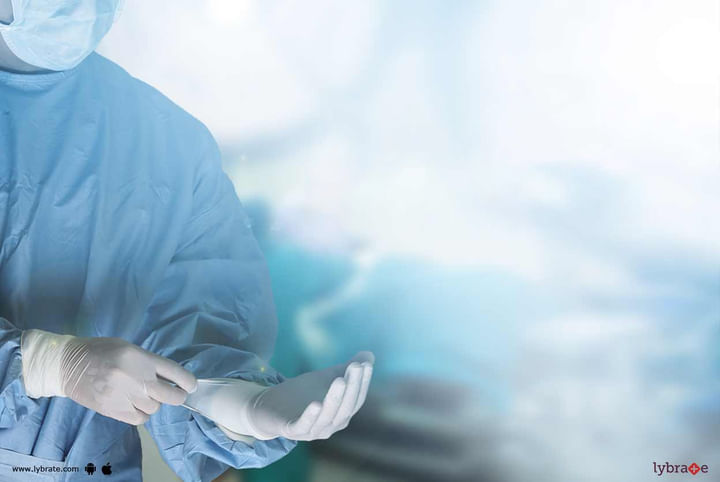Hernia Repair - How Can Laparoscopic Help?
A hernia is a condition where fatty tissue or an organ in your body might bulge through a muscle or an abnormal opening in the body. It is caused mainly due to pressure in the muscle area or weakening in the spot. This may occur due to heavy lifting or weakness that was present since birth.
The different types of hernia are inguinal, incisional, hiatal, umbilical and femoral. For inguinal hernias, surgical methods are used. The most common method is laparoscopic repair.
What is laparoscopic hernia surgery?
In this process, you will be given general anaesthesia before the surgeon performs the surgery. Before undergoing the operation, you will have an evaluation of your complete health that will include an analysis of your past medical history and a physical examination. An electrocardiogram or ECG will also be conducted.
Then a small cut or incision is made in the lower part of your abdomen below the navel. The laparoscope that is a small telescope-like instrument is inserted to view your internal organs. A video camera is attached to the device that projects the internal view of your body on to a screen. This is viewed by the surgeon in the operating room.
During the process, your abdomen is inflated with carbon dioxide, to create some space for the doctor to look inside easily. The inner abdomen lining called peritoneum is cut open to observe the weakness of the abdominal wall or the location of the hernia sac. After locating it, the surgeon will remove the hernia sac from the wall and use a prosthetic mesh to cover the defect. Then the small incisions are closed with surgical tapes or stitches.
Furthermore, if hernias are found on both sides, they can be operated without making a second incision. The mesh can be placed on all the abdominal areas that are weak. This prevents the hernia to occur in the same spot again or spreading to other areas.
However, laparoscopic surgery is not performed for children. It is also not suitable for some cases such as if you are pregnant, or cannot tolerate general anaesthesia or are obese.
Aftercare
You will be able to go back home on the same day of the surgery after laparoscopic hernia repair. The recovery time lasts for about 1 to 2 weeks. After that period you can return to a light activity like walking. However, you must not engage in any kind of strenuous activity like working out or lifting heavy objects.
You might observe soreness after the first 2 days of the surgery. In some cases, bruising is found in your groin area. But if you observe significant swelling in the groin region, contact the doctor immediately.
It is recommended that you maintain a diet that is rich in fibre. This is because if you suffer from constipation, the straining during your bowel movements might put pressure on the area that is repaired.
People prefer laparoscopic hernia repair as they suffer lesser pain and can get back to their normal lives faster than open repair surgeries. It is advised that you take the medications and follow the instruction of your surgeon properly after the procedure.



+1.svg)
